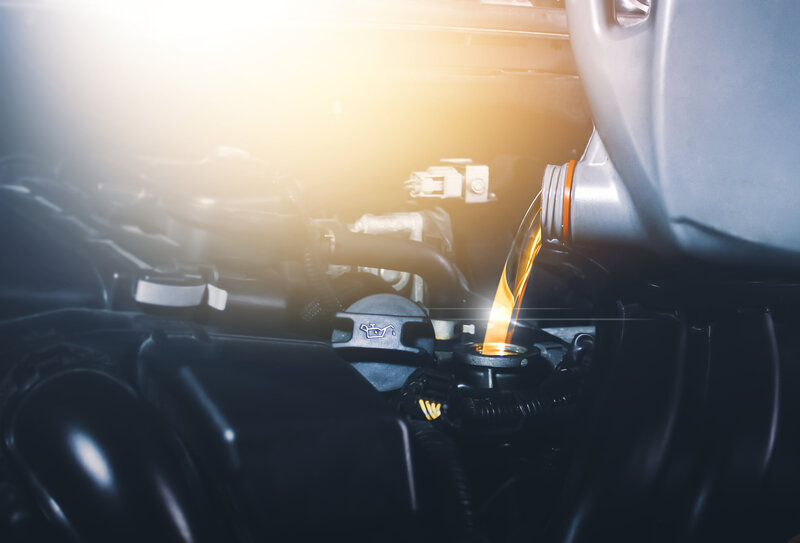Maintaining a diesel engine is not merely a task—it’s an art that speaks to the soul of what makes these machines powerful and enduring. Among the many rituals that diesel enthusiasts and operators perform, the oil change stands out as a critical rite of passage. Neglecting this essential maintenance task can lead to a cascade of unwanted consequences, including impaired performance, reduced fuel efficiency, and costly repairs. So, let’s delve into the intricacies of diesel maintenance and explore the indispensable tips to ensure your engine runs smoothly for years to come.
The first step in the journey of an oil change begins with understanding the essence of diesel engine oil. Unlike gasoline engines, diesel engines operate at higher compression ratios and temperatures, making the oil’s role even more vital. Diesel oil is engineered to withstand heavier loads and to protect against soot and debris that naturally accumulates in the combustion process. As you embark on this maintenance voyage, make it a priority to choose the right oil. Look for oils specifically designed for diesel engines—typically, these are classified as either SAE 15W-40 or SAE 5W-40. Familiarizing yourself with the viscosity and specifications will pay dividends in the long run.
Next, timing your oil changes is paramount. Many diesel engine manufacturers recommend changing the oil every 5,000 to 10,000 miles, depending on usage and operating conditions. However, keep in mind that these intervals can shift based on the nature of your driving—heavy towing, for example, raises the stakes considerably. Cultivating a regular maintenance schedule can help you stay on top of this essential task, and marking these dates on your calendar can serve as an effective reminder.
As you prepare for the oil change, gather all necessary tools and materials. You’ll need an oil filter, a wrench set, an oil pan to catch the used oil, and, of course, the new oil. Investing in a quality oil filter is paramount—a high-quality filter can help remove contaminants and maintain optimal oil cleanliness longer. Opt for filters from reputable manufacturers, as the longevity and efficacy of your diesel engine depend on these often overlooked pieces.
Your workspace is just as crucial as your tools. Ensuring you’re in a well-ventilated area can mitigate the risk of inhaling harmful fumes. If you’re performing this task indoors, consider opening windows or utilizing fans to facilitate airflow. Additionally, make sure your vehicle is parked on a level surface, as this will allow for effective draining of the oil and ensure that you’re working safely.
Once equipped and set up, it’s time to commence the actual oil change. Start by running the engine for a few minutes before you drain the oil. This serves to warm it up slightly, making it less viscous and easier to flow out. However, allow sufficient cooling before you dive into the process to avoid burns. After the engine has reached a pleasant warmth, turn it off and proceed to drain the old oil. Locate the oil pan’s drain plug, with a bucket beneath it to catch the used oil. Unfastening the installation of the plug allows the old oil to flow freely; allow it to drain completely for utmost efficiency.
While the old oil is draining, take the moment to change the oil filter. An oil filter’s operational lifespan is typically concurrent with the oil change frequency. Using the wrench, remove the old filter—prepare for a little mess, as some oil is likely to remain. Before installing the new filter, apply a thin layer of new oil to the rubber gasket. This step promotes a solid seal and ensures that it won’t seize during future removals.
With the old oil fully drained and the new filter in place, it’s time to reattach the drain plug tightly. Precision matters here—too loose, and leaks could develop; too tight, and you run the risk of damaging it. Now, it’s time to infuse the engine with fresh oil. Pour the new diesel engine oil into the fill tube gradually, giving it time to settle. Be vigilant about not overfilling; excess oil can result in detrimental foaming that compromises your engine’s performance.
After the new oil has been added, startup the engine for a few minutes and let it idle. Listen carefully for any unusual sounds and check around your drain plug and oil filter for leaks. This period of idling helps the new oil to circulate through the system and ensures everything is functioning properly. Finally, turn off the engine and check the oil level with the dipstick. This step is crucial; it provides an opportunity to rectify any over or under-filling before hitting the road.
Dispose of the old oil responsibly—most auto shops will accept used oil, or you can find local recycling centers. Keeping the environment in mind is essential. Not only does it contribute to a more sustainable future, but it also reflects responsible citizenship.
Investing time and effort in the maintenance of your diesel engine is an investment in its longevity. An oil change might seem like just another chore on your to-do list, but approach it with care and precision, and you’ll unlock the full potential of your powerful machinery. Revel in the process, celebrate the knowledge you gain, and look forward to the countless miles your diesel engine will traverse with vigor.
